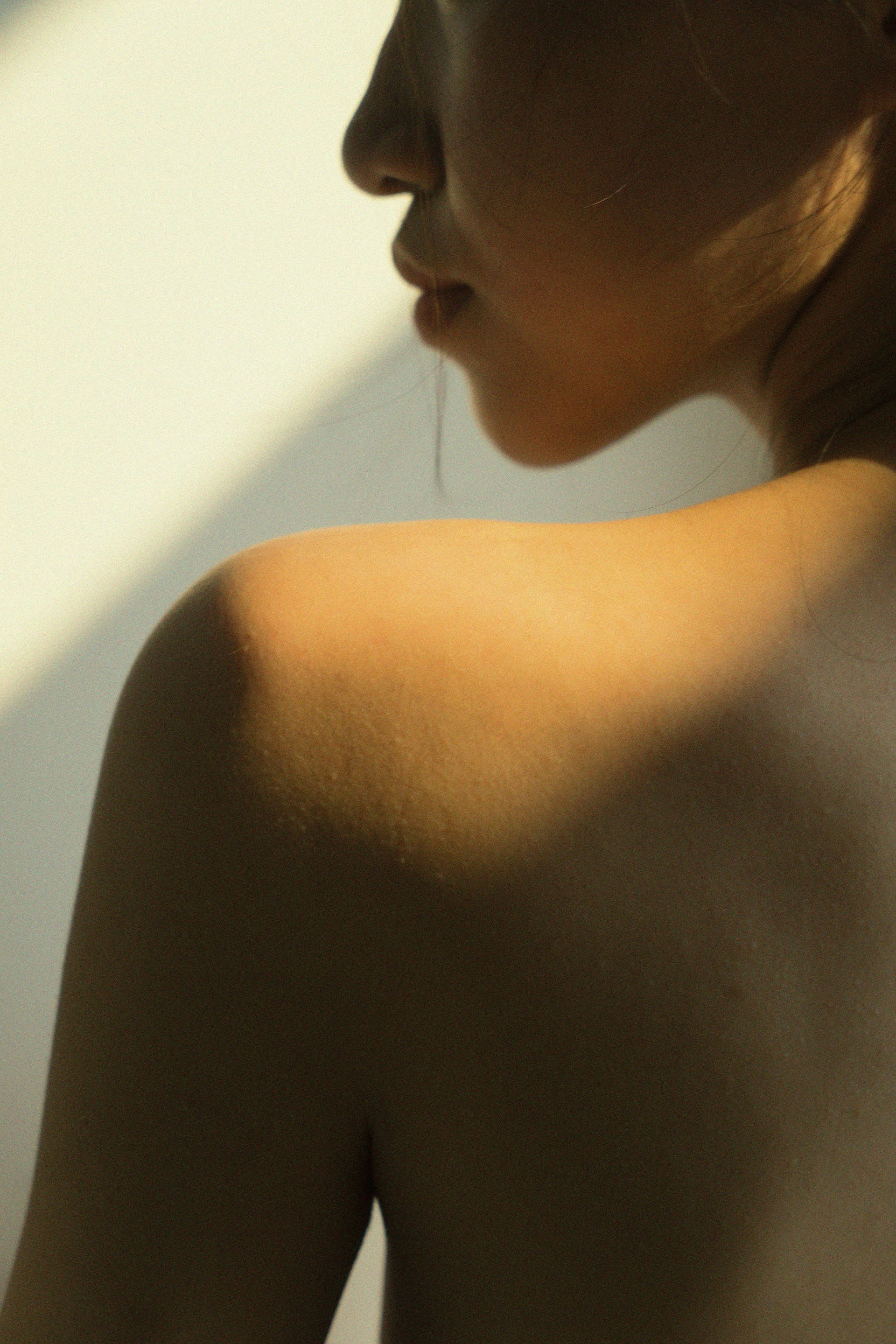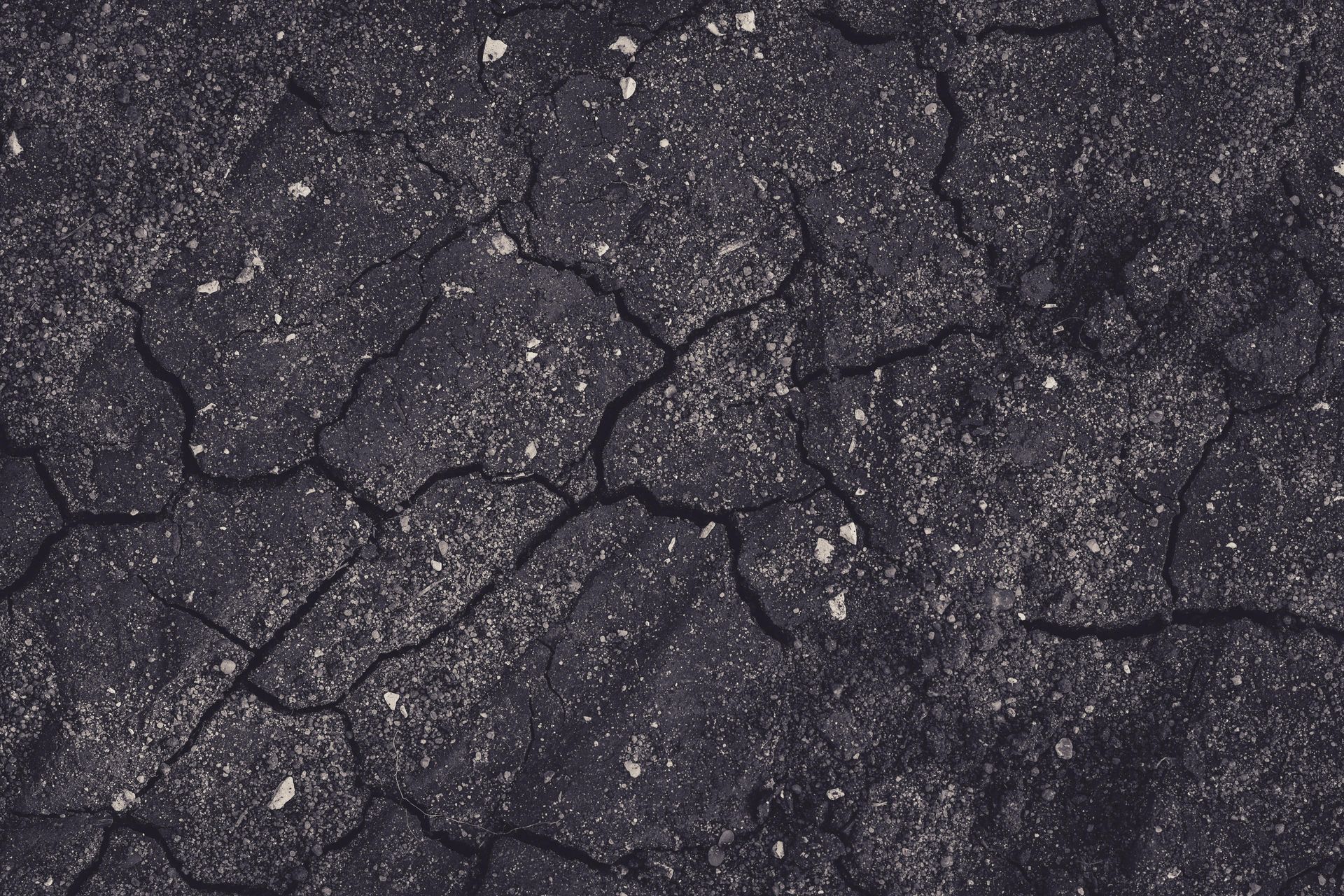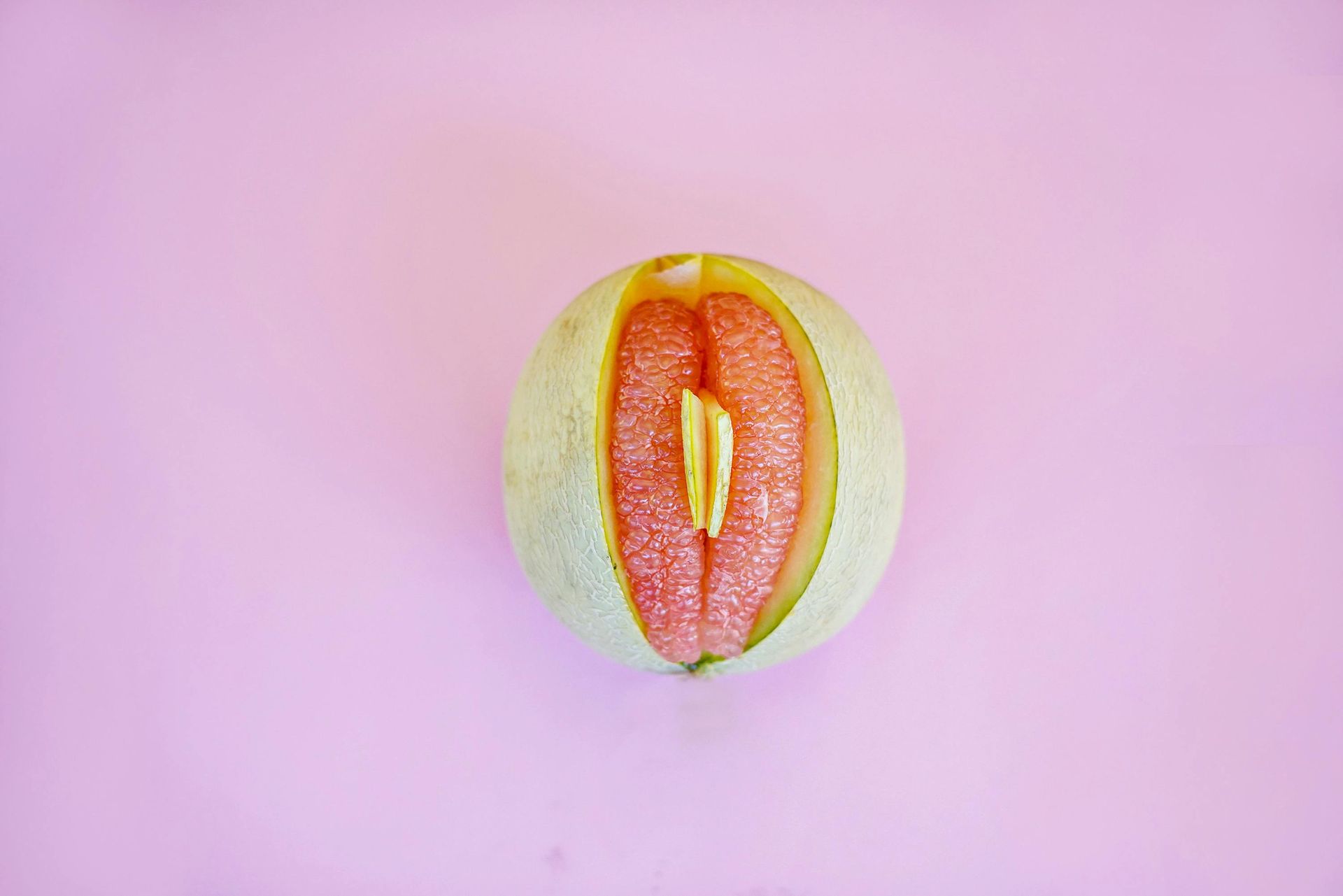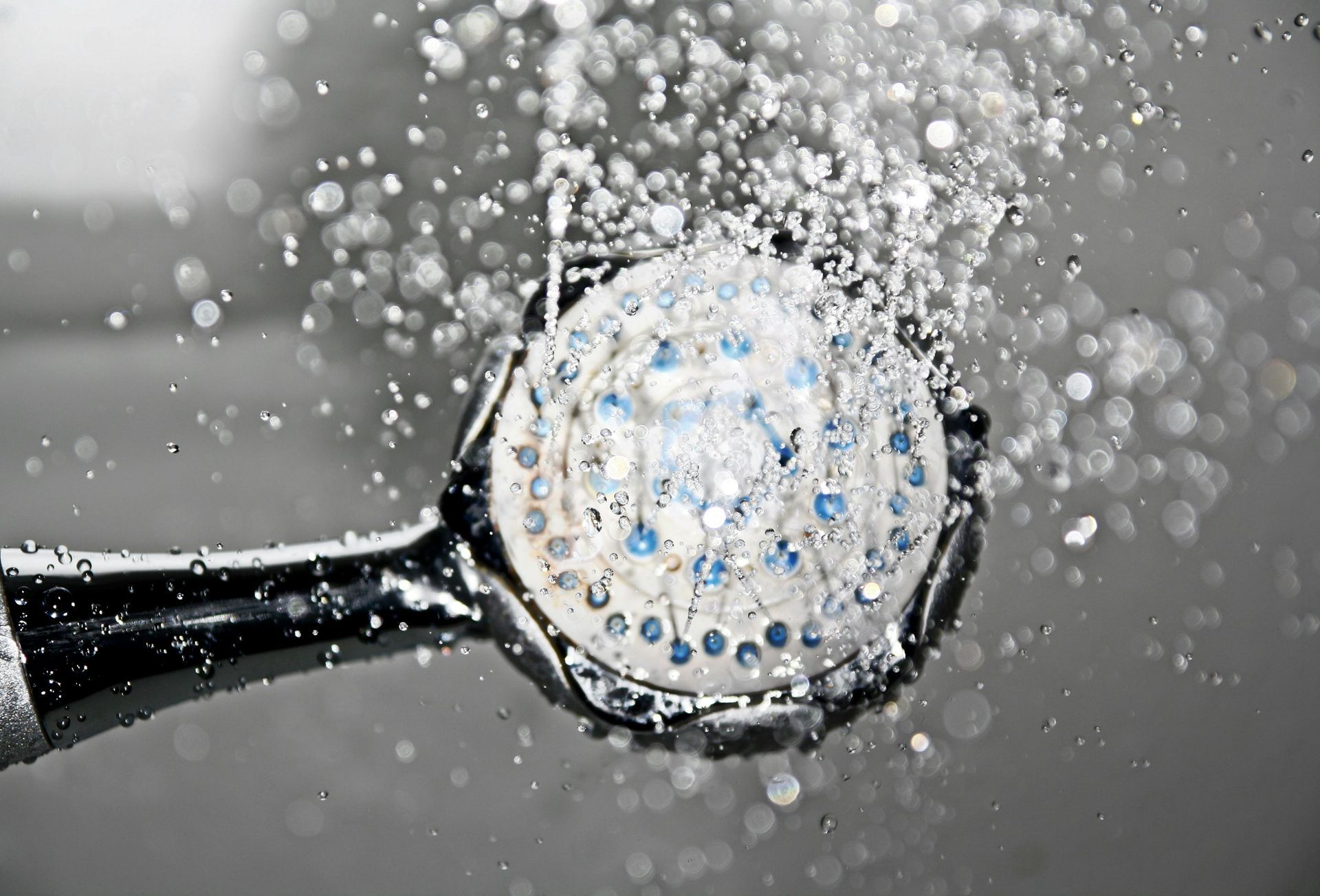SYMPTOM: Itchy skin
Itchy skin, or pruritus, is relatively common during menopause and perimenopause. Studies estimate that approximately 10-20% of menopausal women experience significant skin itching, although the prevalence may vary based on factors like individual skin type, lifestyle, and overall health
While not every woman will experience noticeable itching, many report increased skin dryness and sensitivity due to the hormonal changes associated with menopause. These symptoms are often underreported but can significantly impact quality of life for those affected.
Itchy skin, known as pruritus, is a common symptom during perimenopause and menopause due to hormonal changes. While it can be frustrating and uncomfortable, understanding the underlying causes can help manage it effectively.
Why Does Itchy Skin Happen at Perimenopause and Menopause?
1. Decline in Estrogen Levels:
Estrogen plays a key role in maintaining skin health. It stimulates the production of collagen, natural oils, and hydration in the skin.
As estrogen levels drop during menopause, the skin becomes thinner, drier, and more prone to irritation, leading to itching.
2. Reduced Sebum Production:
Sebum, the skin’s natural oil, decreases with age, leaving the skin less protected and more susceptible to dryness and itchiness.
3. Loss of Skin Elasticity:
With decreased collagen, the skin may feel tighter, more fragile, and prone to micro-tears, contributing to itching sensations.
4. Nerve Sensitivity:
Hormonal shifts can also affect nerve endings in the skin, sometimes causing heightened sensitivity or a crawling, itchy feeling.
5. Environmental and Lifestyle Factors:
Hot flashes, excessive washing, harsh soaps, and exposure to irritants can exacerbate skin dryness and itching.
Common Areas Affected:
Body: Dry patches on the arms, legs, and back are common.
Face and Scalp: Thinner skin on the face and scalp may become more prone to dryness.
Genital Area: Hormonal changes can cause itching in intimate areas, sometimes linked to vaginal dryness or atrophic vaginitis.
How to Manage Itchy Skin:
1. Hydrate the Skin: Use fragrance-free, emollient-rich moisturizers like Cetomacrogol or products containing ceramides. Apply moisturizer immediately after bathing to lock in moisture.
2. Avoid Harsh Products: Switch to gentle, soap-free cleansers and avoid hot water, which can strip natural oils.
3. Stay Cool: Wear loose, breathable fabrics to reduce irritation and avoid excessive heat or sweating, which can worsen itching.
4. Use Targeted Treatments: Over-the-counter antihistamines or steroid creams may help with persistent itching. Select less drying antihistamines.
Hyaluronic acid or topical estrogen (under medical advice) can address dryness in the genital area.
5. Maintain Hormonal Balance:
o Hormone Replacement Therapy (HRT) can help restore skin hydration and elasticity by replenishing estrogen levels.
6. Consider Your Diet and Lifestyle:
o Stay hydrated, eat omega-3-rich foods, and avoid excessive alcohol or caffeine, which can dehydrate the skin.
More about vaginal dryness
Estrogen cream
Vaginal estrogens are like a moisturiser for your vagina! There are non-hormonal options available too.
Water dries the skin
Water dries the skin by stripping away natural oils and disrupting the skin's barrier, leading to increased moisture loss. Cetomacragol is a soap substitute that can decrease drying and protect the skin.






